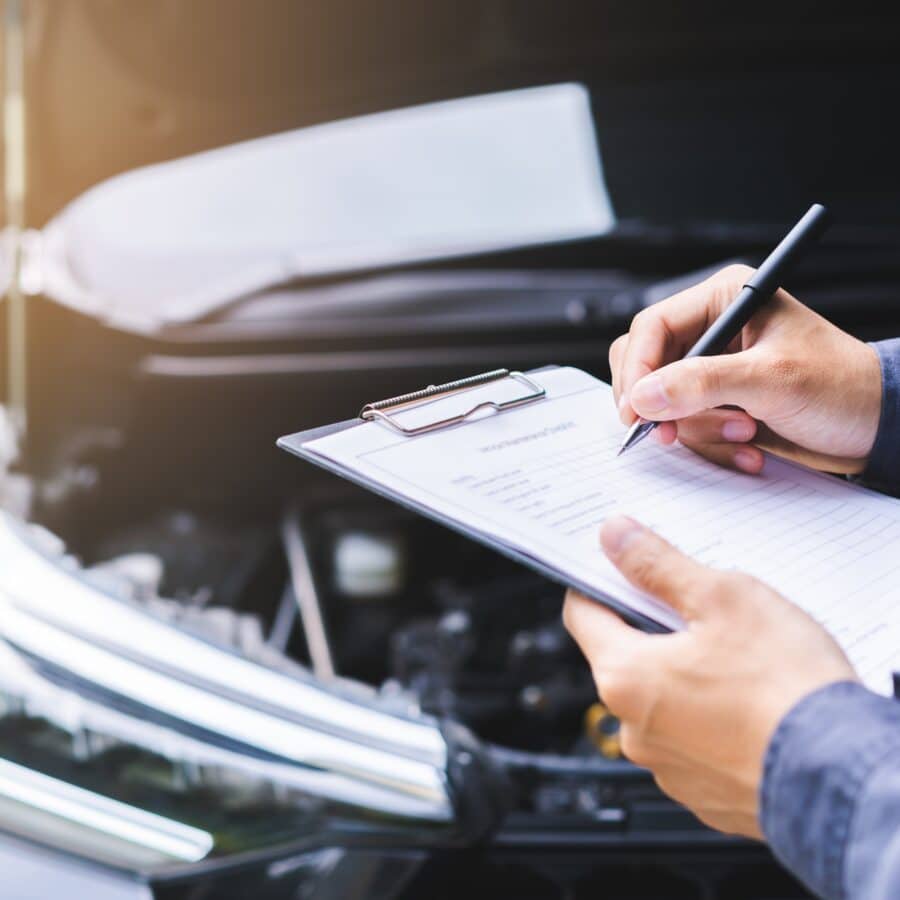After litigating automotive product liability cases for almost 25 years, I’ve learned more than a few lessons the hard way. One of the hard lessons I learned early on was the way NOT to handle vehicle inspections.
In any vehicle product liability case one of the first steps is to preserve the subject vehicle and any other vehicles involved in the crash. Years ago we had a rollover case where one of the issues was whether there had been contact between our client’s SUV and another vehicle. Like with all of these cases, the defense lawyer wanted to inspect the vehicle with his expert witness. We of course agreed.
On the day of the inspection the lawyer and his expert showed up at our firm’s warehouse where the vehicle was being stored. They brought the usual bag of cameras, magnifying glasses and tape measures. After watching them take photos of the vehicle for a few hours, I volunteered to go down the street to buy some cold drinks and sandwiches for lunch.
When I returned, the defense expert had slapped yellow duct tape with measurement marks all over the vehicle. I was livid. To my lay person’s eye, it was clear that the duct tape had been placed on top of some of the alleged paint transfer marks near the point of the supposed contact between the two vehicles. Removing the tape would risk removing the marks and destroy potential evidence.
After losing my mind, I told the defense lawyer and his expert that they weren’t allowed to touch the vehicle or remove the tape. The defense attorney and his expert then lost their minds and told me that yes, they were going to remove their tape. Things got quite heated to say the least. Eventually they left. The tape stayed. And I learned a good lesson.
After that day, which we refer to as the “Yellow Duct Tape Incident”, our office revamped our procedures for vehicle inspections. We now require a signed protocol by the defense attorneys and any defense expert who wants to attend an inspection. If someone wants to touch the vehicle the protocol requires them to agree to ask for permission first. We also videotape all inspections – without sound – to keep everyone honest.
As Plaintiff attorneys we have the duty preserve evidence which includes the crash vehicle in a defective product case. Ever since we began requiring the defense to sign an agreed protocol for inspections we’ve never had a problem.
—Rich Newsome


